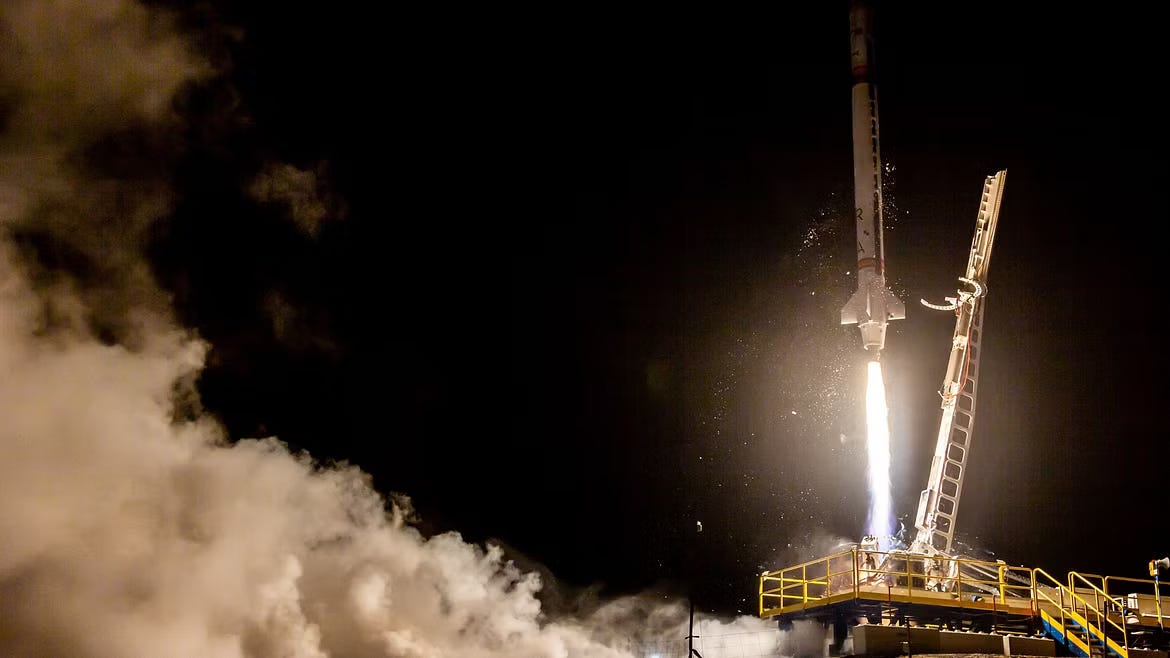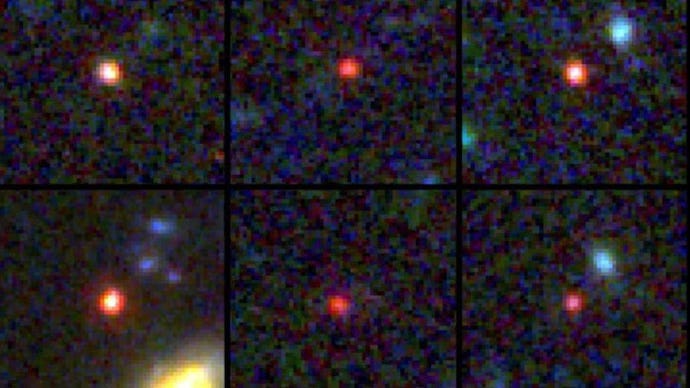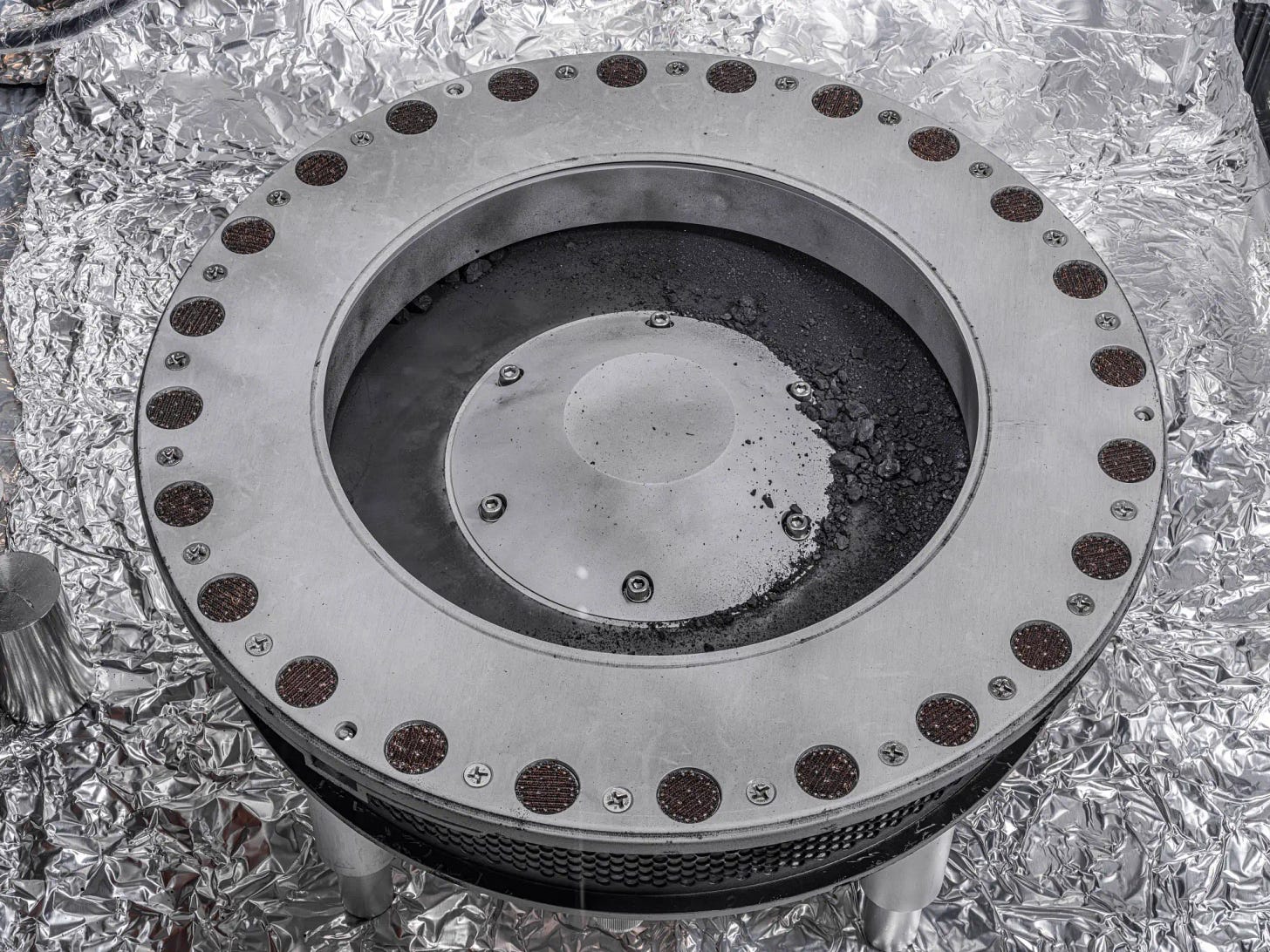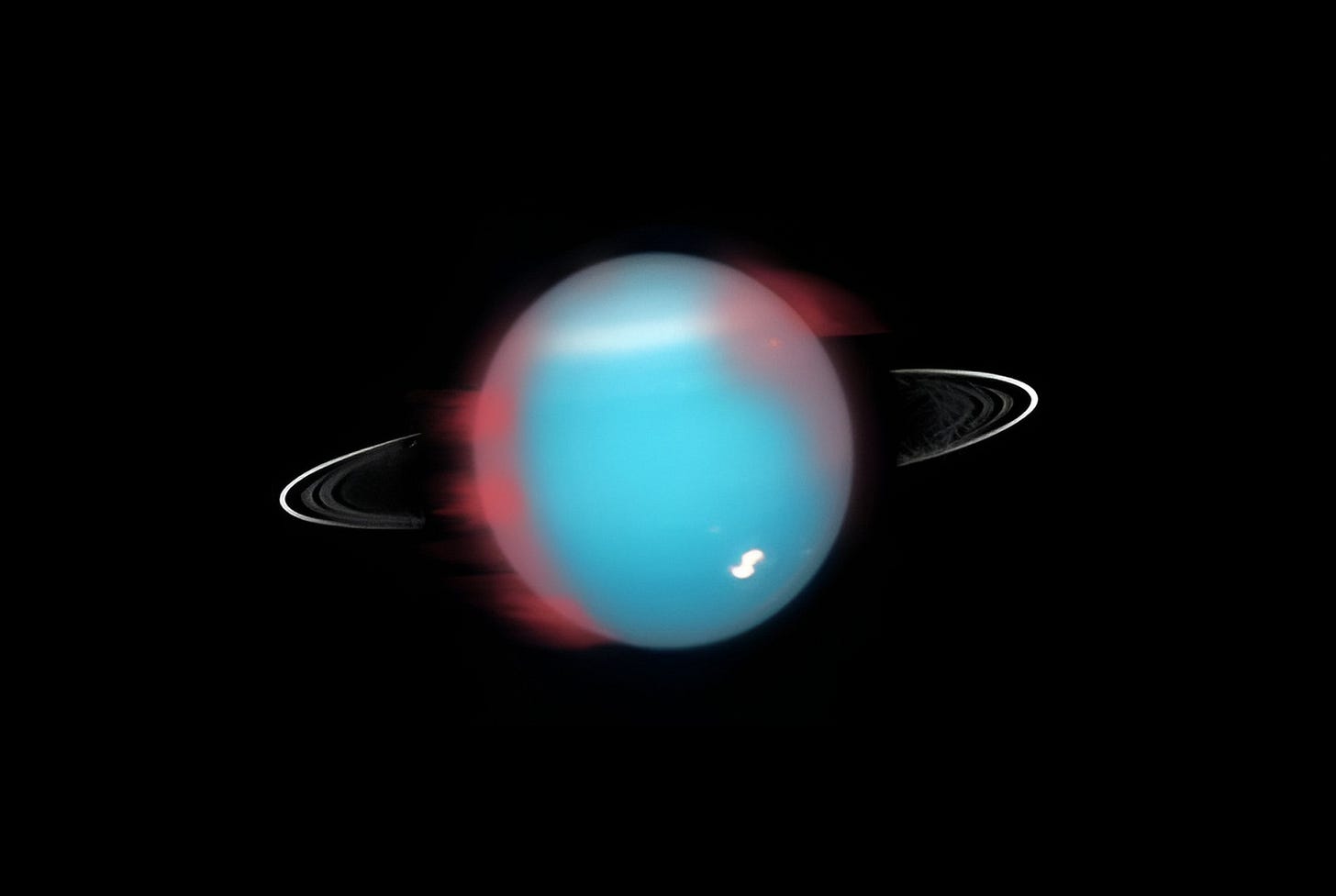Monthly Space News Recap - October 2023
Top 5 of the month's most interesting space updates
Spanish startup launches first satellite from EU soil
Last week the Spanish startup PLD Space successfully launched its first rocket into space. This launch was also the first-ever successful rocket launch from European Union soil making it a massive achievement.
Simulation helps uncover mystery of early galaxies
In the first few months after its launch, the James Webb telescope discovered a few new galaxies that were found to be one of the oldest galaxies ever; formed only a few million years after the big bang. Since light from the galaxy took millions of years to reach the earth, we were seeing the past of that galaxy and how it looked like in its early years. The mystery was that the galaxy was much bigger than expected. It wasn’t possible for so many stars to have formed so quickly after the big bang. A recent simulation using sophisticated technology shows has helped us solve this mystery.
It shows that the stars were formed in a much different way back then than nowadays. Instead of slow and steady star formation, it used to happen in big bursts emitting a lot of light. Since the size of a galaxy is estimated by the amount of light it emits, the bursts of light gave the galaxy a false sense of size. Thus the galaxy appeared to be massive when it was actually small.
NASA releases data on asteroid sample
An asteroid sample was returned to the Earth by NASA’s OSIRIS-REx mission recently. A part of this sample has been analyzed by experts from across the world and they have now released new findings about them. The new data shows that the samples are rich in carbon and show evidence of water. This sample is also the largest carbon-rich asteroid sample ever delivered to Earth. Further study of these samples is going on and experts and scientists from over 200 countries are taking a look at it. These samples are over 4.5 billion years old (nearly as old as the sun) and might even help vastly advance our understanding of the formation of our solar system.
Scientists detect rare 1 ms long radio burst
Scientists across the globe recently detected a powerful and rare radio burst recently. The burst lasted only for 1 millisecond. These types of bursts are called FRBs or fast radio bursts. What made this particular FRB so rare was that it was the oldest FRB ever detected and it came from farther away than any other burst of its kind. The New York Post recently mentioned -
The mysterious “fast radio burst” — identified as FRB 20220610A — lasted only a millisecond, but released the amount of energy our sun emits in three decades.
It is believed that this radio burst was caused by the merging of a group of galaxies.
Scientists detect Uranus’ aurora
Scientists recently detected and captured an aurora on the planet Uranus recently. This discovery was made with the help of the Keck II telescope in Hawaii. The auroras are caused when the charged particles from the sun hit the planet’s atmosphere. The auroras were mainly emitting in the infrared wavelength.






